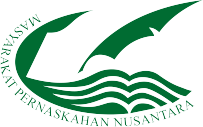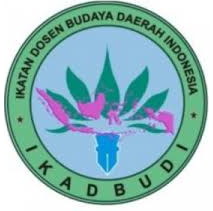EKSISTENSI BAHASA BALI DI ERA INDUSTRI 4.0: MERUBAH TANTANGAN MENJADI PELUANG
DOI:
https://doi.org/10.25078/kalangwan.v12i2.1668Keywords:
The existence of Balinese language, Challenges, Opportunities, Industrial Era 4.0Abstract
The existence of the Balinese language is very important to do. That the Balinese language remains sustainable and is not abandoned by the speaking community. However, the industrial era 4.0 with various impacts, ranging from negative and positive impacts, often raises concerns about the sustainability of the Balinese language with a shift in the use and love of language from regional languages to foreign languages. If you hear the word challenge, people often think of it as something scary, but in the rapid progress of the times, people must be able to accept the changes that exist and be able to turn these challenges into opportunities in maintaining the existence of the Balinese language. This study discusses turning challenges into opportunities in maintaining the existence of the Balinese language in the 4.0 era. The method used is a literature study conducted by collecting data from the library. These data come from various scientific articles that are relevant to the problems raised in this research. The articles come from national journals to proceedings from 2018-2022. This study uses a narrative review which includes reviewing the spectrum written according to the research topic. The results show that the challenges in the industrial era 4.0 can be turned into an opportunity in maintaining the existence of the Balinese language by being balanced with the readiness of the community to accept the development of information technology in an open and adaptive manner. The industrial era 4.0 can actually make it easier for people to maintain the existence of the Balinese language, namely as a means of promoting Balinese culture and language effectively and efficiently by utilizing social networks.












